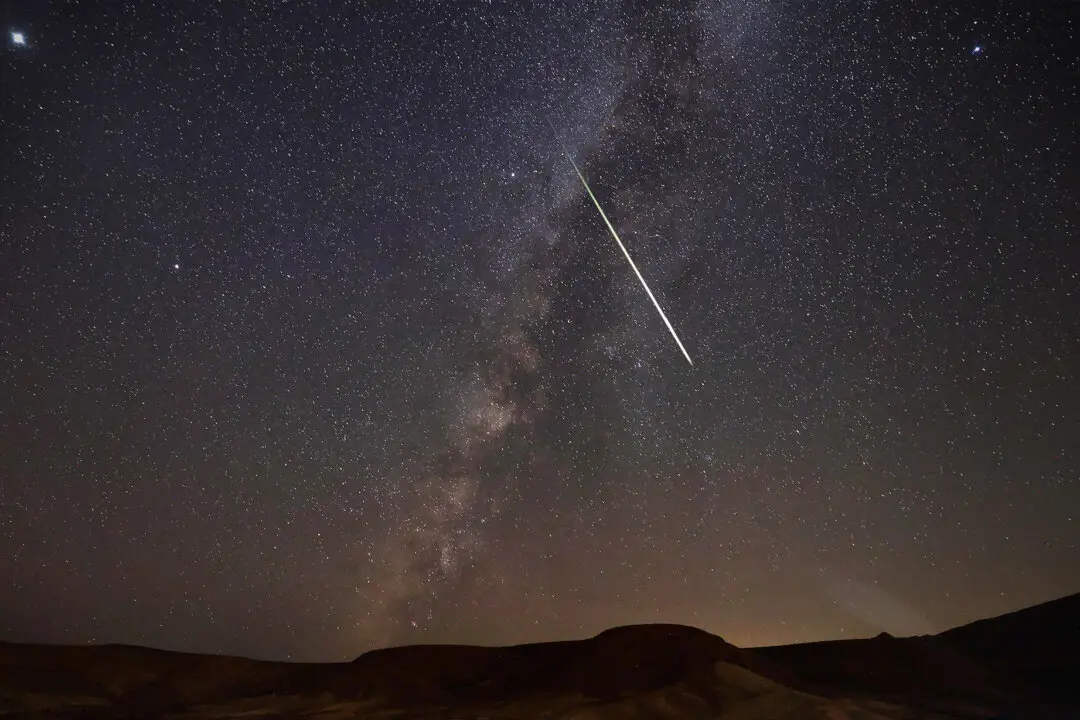Disclaimer: This article was published in 2023. Some information may no longer be current.
Ben Morris really opened his eyes when he became a YouTuber and began traveling the world. YouTube once was his portal for exploring everything, satisfying the curiosities of a small-town boy from outside of London.






